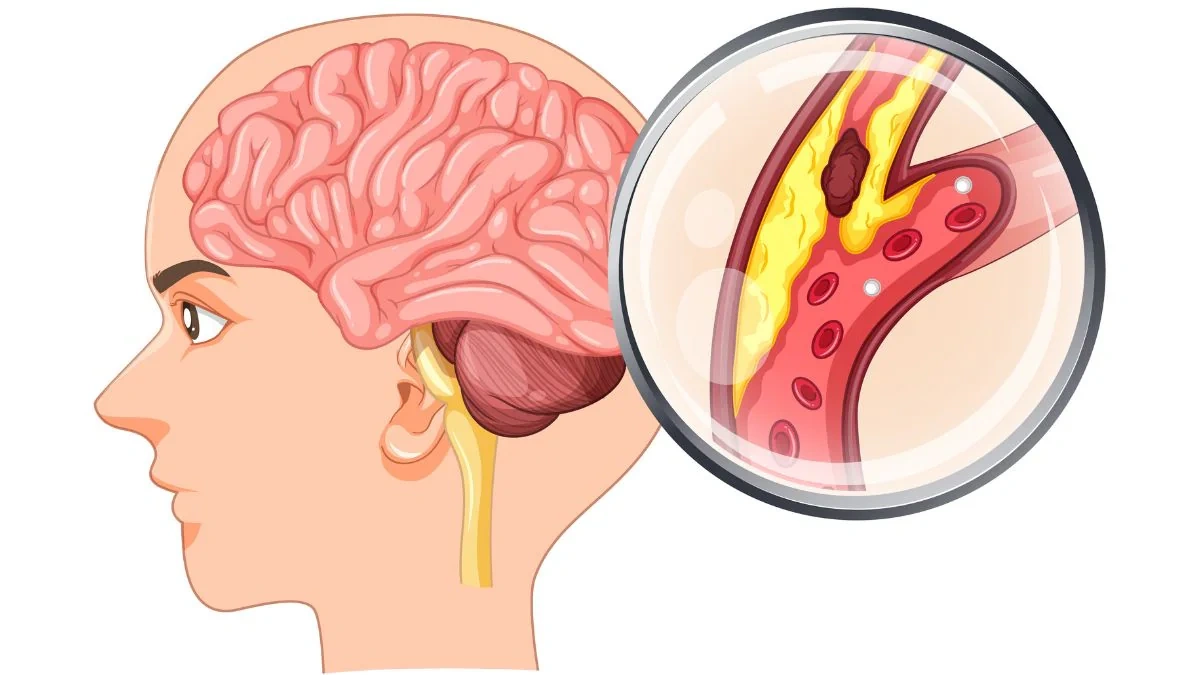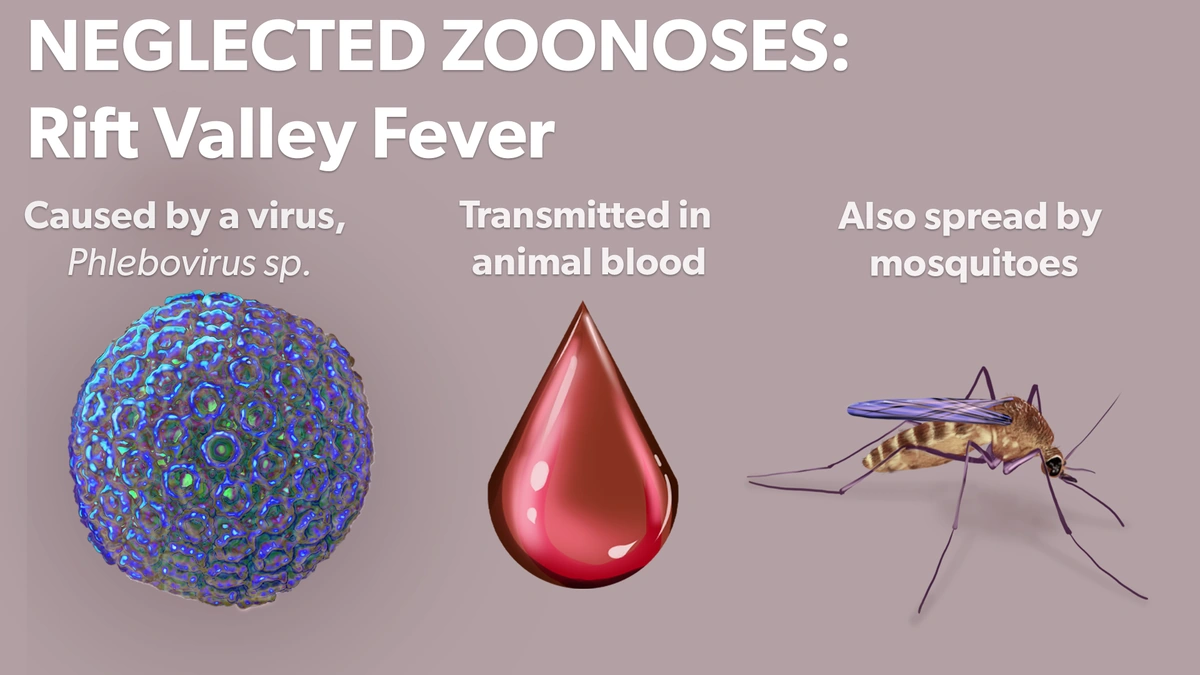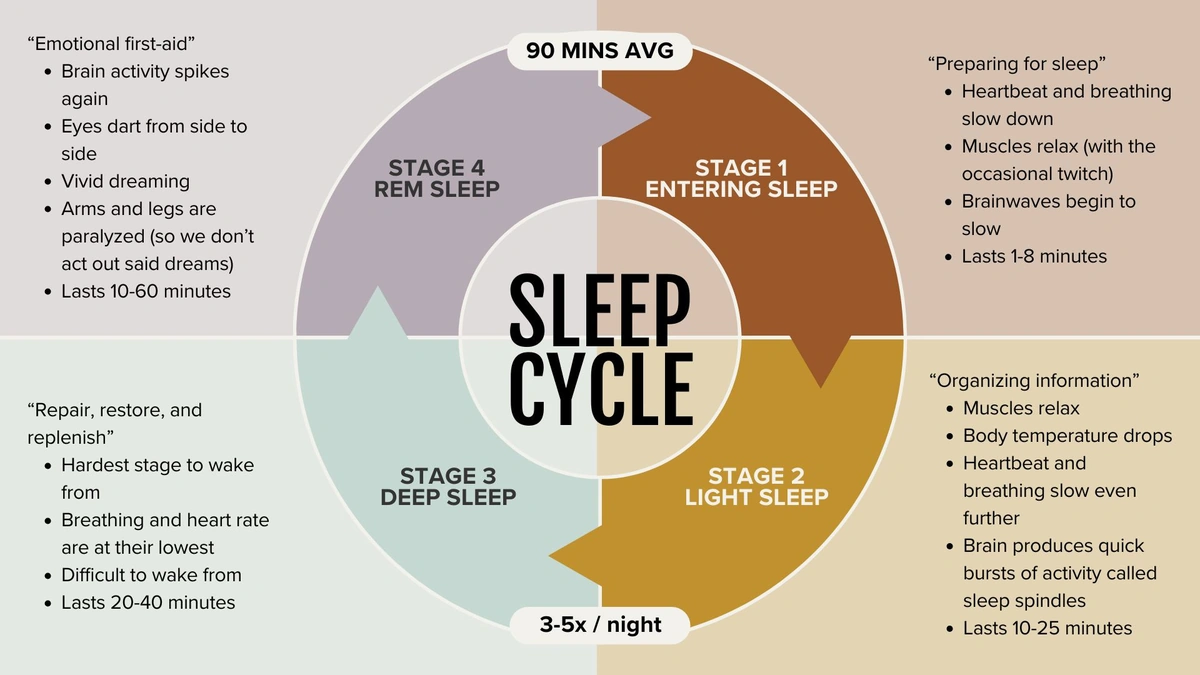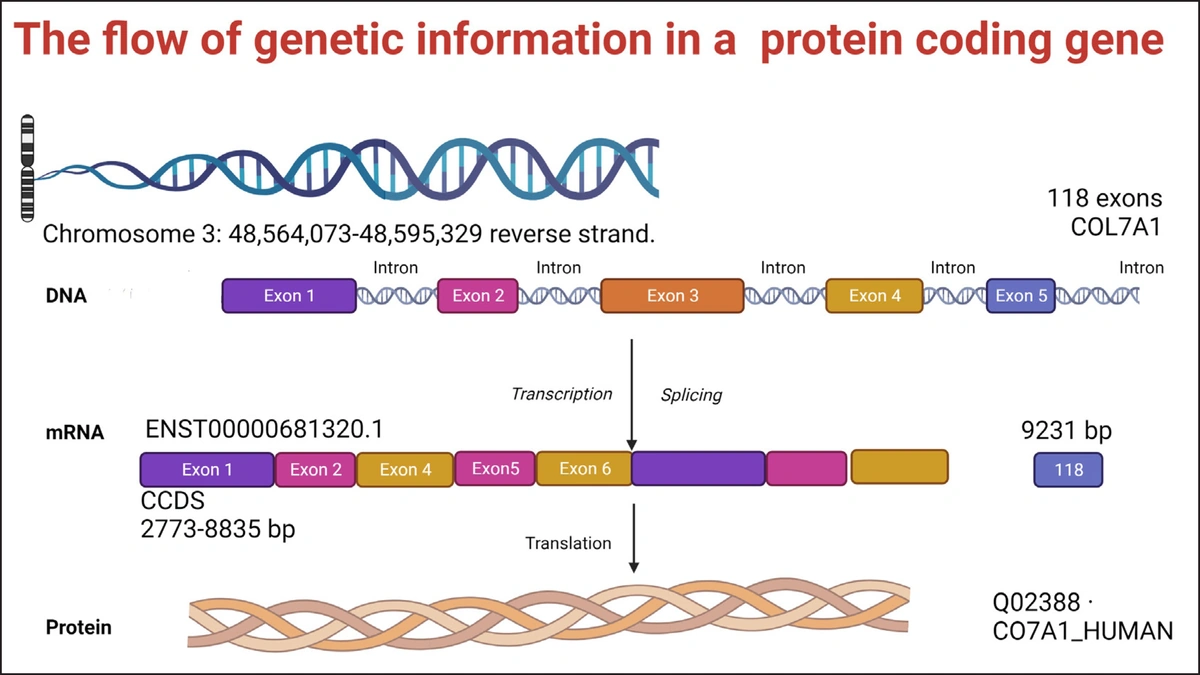Brain-Eating Amoeba | Why You Should (and Shouldn’t) Panic
Okay, let’s be real. The phrase “brain-eating amoeba” is enough to send shivers down anyone’s spine. It sounds like something straight out of a horror movie. But before you start stocking up on bottled water and barricading your doors, let’s take a deep breath and understand what’s really going on. This isn’t about fear-mongering; it’s about understanding the actual risks and how to mitigate them. We will discuss Naegleria fowleri , a microscopic amoeba.
What Exactly IS a Brain-Eating Amoeba (and Where Does It Hang Out)?
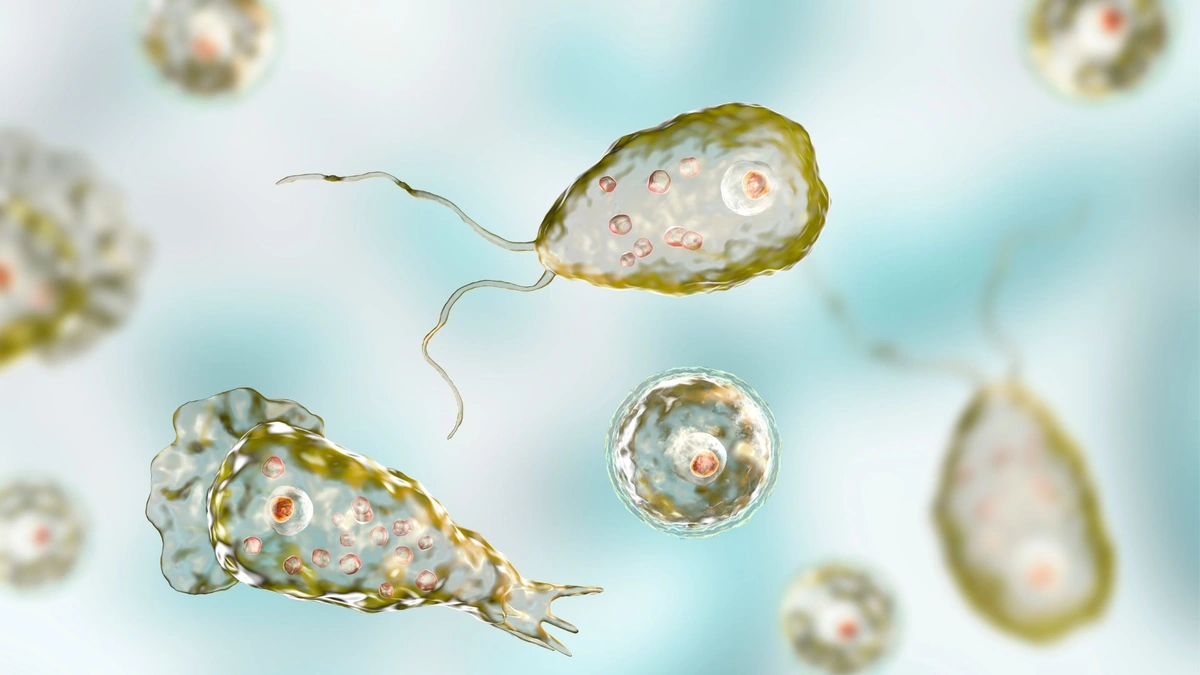
So, what are we actually talking about? The culprit behind this chilling moniker is Naegleria fowleri . It’s a single-celled organism an amoeba that lives in warm freshwater environments. Think lakes, rivers, hot springs, and even poorly maintained swimming pools. What fascinates me is that it thrives in these conditions, often during the hot summer months. This information is crucial, especially in a country like India, where many rely on natural water sources for recreation and even daily use. Let me rephrase that for clarity: you’re not likely to find this in your tap water if it’s properly treated. The concern arises from untreated or poorly treated water sources. As per the guidelines mentioned in various health organizations, the amoeba is most active in warmer waters.
But here’s the thing: it doesn’t actually “eat” your brain in the traditional sense. Instead, it causes a devastating infection called primary amebic meningoencephalitis (PAM). According to the Centers for Disease Control and Prevention (CDC) , PAM is rare, but almost always fatal.
The “How” | How Does It Get Into Your Brain?
The scariest part is often how something happens. Naegleria fowleri doesn’t just jump out of the water and attack. The amoeba enters the body through the nose. Yes, the nose. When contaminated water is forced up the nasal passages, the amoeba can travel along the olfactory nerve to the brain. A common mistake I see people make is assuming that simply swimming in a lake puts you at risk. That’s not necessarily true. You need to have water forcefully enter your nose. Activities like diving, water skiing, or even just jumping into the water can create that forceful entry.
But – and this is a big but – swallowing contaminated water won’t cause an infection. The amoeba needs that direct route to the brain via the nasal passages. The risk, while real, is incredibly specific.
Why India Needs to Pay Attention (But Not Panic)
So, why is this relevant to India? India’s diverse climate and reliance on natural water sources mean that certain regions are potentially more susceptible. What fascinates me is the intersection of climate, sanitation, and public awareness. We will discuss the symptoms and treatment for Naegleria fowleri in the next section.
Think about it: many rural communities depend on rivers and lakes for bathing and recreation. Poorly maintained swimming pools and water parks can also pose a risk. The key is education and preventative measures. That’s why this isn’t just a medical issue; it’s a public health challenge. And what’s really at stake is ensuring that people have access to clean, safe water and the knowledge to protect themselves.
According to reports on several health websites, the symptoms can initially mimic other illnesses, making early diagnosis challenging. But, early detection is key.
Spotting the Danger | Symptoms and Early Detection
Okay, let’s talk about the signs. The initial symptoms of PAM can be easily mistaken for other, less serious illnesses. We’re talking about headache, fever, stiff neck, nausea, and vomiting. But, these symptoms progress rapidly. Confusion, seizures, and hallucinations can follow. And, let’s be honest, by that point, the situation is critical. That moment of panic when you realize it might be something serious? Trust your gut and seek medical attention immediately. The faster the diagnosis, the better the (slim) chance of survival. The one thing you absolutely must double-check with your doctor is that they rule out primary amebic meningoencephalitis (PAM) if you recently were swimming.
Here’s the thing: diagnosis can be tricky. It requires specific laboratory tests to identify the amoeba in cerebrospinal fluid. And, unfortunately, many hospitals in India may not have the necessary resources or expertise. This brings us back to the importance of awareness and early suspicion.
Prevention is Key | How to Protect Yourself and Your Family
So, how do you protect yourself and your family? The good news is that preventing Naegleria fowleri infection is relatively straightforward. It all comes down to minimizing the risk of water entering your nose when you’re in warm freshwater. I initially thought this was straightforward, but then I realized how many everyday activities can expose you. Let me rephrase that for clarity: even something as simple as washing your face in a river can be a risk.
Here are some practical tips:
- Hold your nose shut, use nose clips, or keep your head above water when participating in water-related activities in warm freshwater.
- Avoid stirring up sediment in shallow, warm freshwater areas.
- Ensure that swimming pools and water parks are properly disinfected and maintained.
- If you’re using tap water for nasal rinsing (like with a neti pot), make sure it’s distilled or boiled and cooled.
And remember, knowledge is power. The more people understand the risks, the better equipped they are to protect themselves. We must take precautions to prevent the brain eating amoeba infection .
Treatment Options and the Search for a Cure
Sadly, the treatment options for PAM are limited. The drug of choice is usually amphotericin B, often combined with other medications. The efficacy varies, but early diagnosis and aggressive treatment are the best hope. According to the latest research, scientists are exploring new treatment strategies, including novel drug combinations and immunotherapies. But, let’s be honest, we’re still a long way from a guaranteed cure. We should be careful with the signs and symptoms of PAM .
What fascinates me is the potential for personalized medicine in treating PAM. Imagine a future where doctors can tailor treatment plans based on the individual’s genetic makeup and the specific strain of amoeba involved. That’s the ultimate goal.
For more information, visit Russian Cancer Vaccine Enteromix .
The Final Takeaway | Knowledge, Not Fear
So, what’s the takeaway? Naegleria fowleri is a serious threat, but it’s not something to lose sleep over. It’s about being informed, taking precautions, and understanding the risks. And, let’s be honest, that’s good advice for navigating any health challenge. Stay informed, stay safe, and don’t let fear paralyze you.
Read more about the teachings of Sadhguru .
FAQ Section
Frequently Asked Questions About Brain-Eating Amoeba
Is it safe to swim in my local lake?
Generally, yes, but take precautions. Avoid getting water up your nose, especially if the water is warm and shallow. Using nose clips is an easy way to reduce the risk.
Can I get infected by drinking contaminated water?
No. The amoeba needs to enter through your nose to cause infection.
What are the chances of surviving PAM?
Unfortunately, the survival rate is very low. Early diagnosis and aggressive treatment are crucial, but even then, survival is not guaranteed.
How can I ensure my swimming pool is safe?
Maintain proper disinfection levels, especially chlorine. Regularly test the water and follow recommended guidelines for pool maintenance.
What should I do if I experience symptoms after swimming in freshwater?
Seek medical attention immediately and inform your doctor that you were potentially exposed to Naegleria fowleri . Early diagnosis is key.
Are there any specific regions in India where the risk is higher?
Regions with warmer climates and reliance on untreated or poorly treated natural water sources may have a higher risk. However, cases can occur anywhere with suitable conditions.
